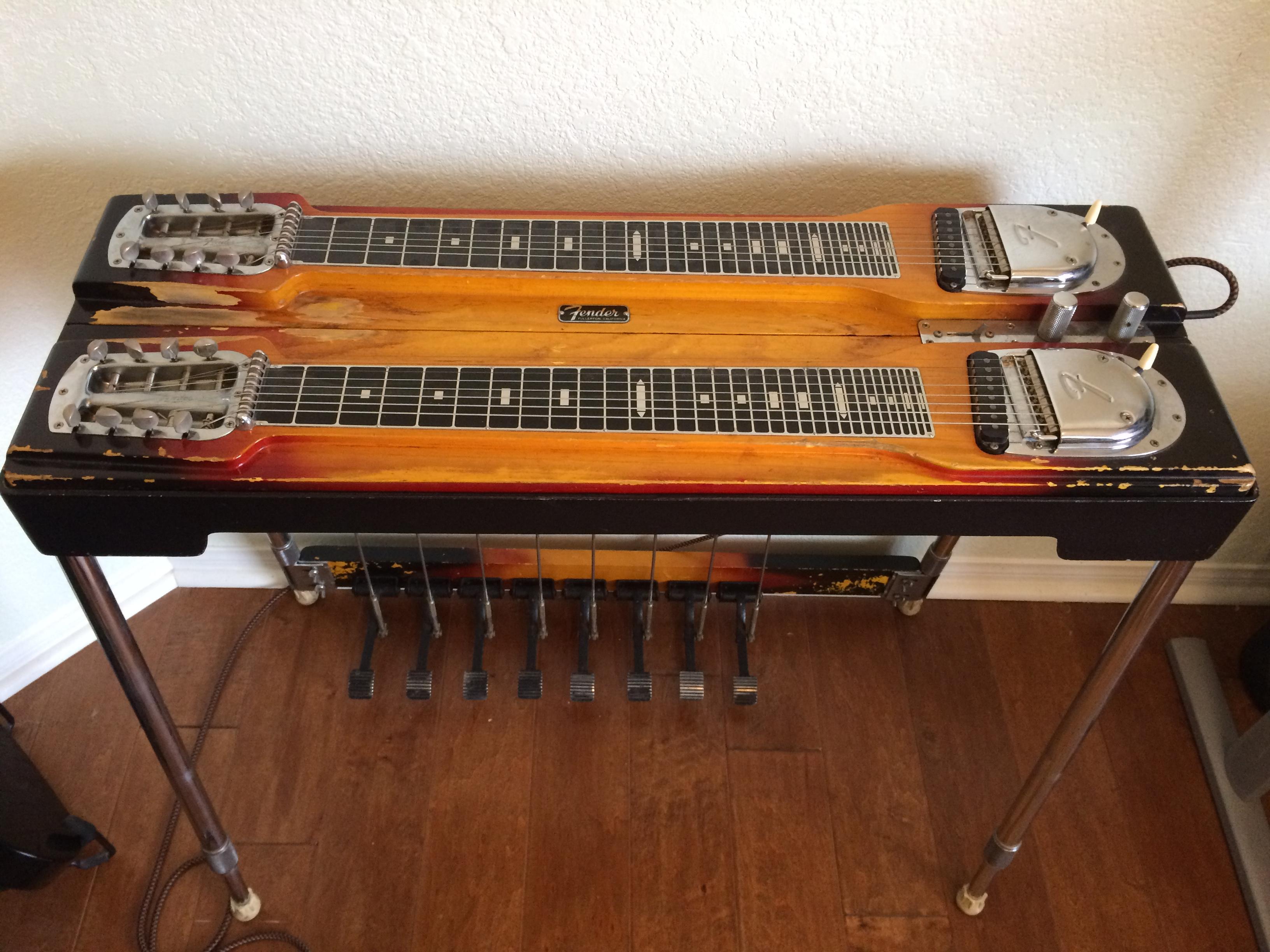"What Is That Thing?"
 |
| Image from Wikimedia Commons |
This little essay isn't about the steel guitar itself, however, but rather how one man used it in a unique and brilliant way. That man is Pee Wee Charles (and he's on LinkedIn). His real name is Ed Ringwald, but his stage name is way funnier, so I'm going with it.
Pee Wee Charles played pedal steel guitar for Gordon Lightfoot from 1975-1989. Yes, that Gordon Lightfoot. He's done quite a few other things before and since then, but I'm focusing on the Lightfoot period of his career. This period interests me because Charles didn't use the pedal steel in a traditional country manner, but rather more like an organ, mellotron, or synthesizer to establish an atmosphere or mood. At other times, Charles would parallel lead guitarist Terry Clements to create the effect of a harmonized, double-tracked guitar solo. Charles was essential to the mid-1970s/early 1980s Lightfoot sound.
So why does this matter, besides the fact that I like it? Six words: The Wreck of the Edmund Fitzgerald, one of Lightfoot's biggest hits. If you listen to the original studio recording, you can hear Charles's pedal steel haunting the dark skies and the churning waters on the night of the shipwreck, at once eerie and ethereal. I recommend listening to the song with headphones to absorb fully the interplay between the pedal steel and electric guitars. It's nothing short of mesmerizing.
 |
| Pee Wee Charles doing his thing (from Lightfoot.ca) |
While Charles used the pedal steel in roles that might usually have been filled by other instruments, he maintained the instrument's unique sonic qualities, giving Lightfoot's music from this period a distinct flavor. Pee Wee Charles may not be a household name in the annals of popular music, but his innovative use of the pedal steel guitar merits hearty celebration.
-----
*Pee Wee Charles also used the pedal steel in a more traditional country style on some Lightfoot recordings - for example, on "Never Too Close" and Lightfoot's cover of "The Auctioneer."




Comments
Post a Comment